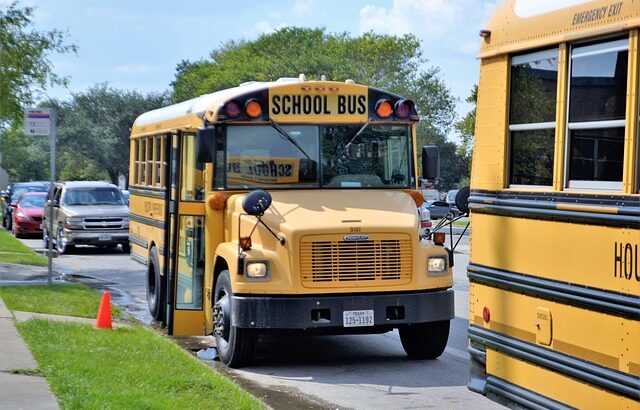Back to school- a perfect time to learn about the connections of bullying to domestic violence. I hope you will take a few moments to read this great article by Amanda Kippert.
From Bullying to Domestic Violence
Whether it’s intergenerational violence or schoolyard bullying, if kids don’t learn healthy conflict resolution, they can turn into adult abusers.
Bullying should never be a rite of passage in anyone’s childhood. Once looked at as just “kids being kids,” today we know better. The youth who we’re quick to label as “bullies” are many times imitating what they see at home, acting out the power and control dynamic that may be on display by an abusive caregiver or family member.
Of course, there are different reasons why kids bully others, but regardless of its roots, experts agree it should never be ignored. Being bullied is a type of childhood trauma, and its effects can lead to lifelong negative issues. The effects of bullying in childhood can carry over into adulthood, increasing the risk of being abused or being an abusive partner.
Why Do Kids Bully Others?
There can be more than one factor at play when bullies feel the need to tease, harass or torment other kids. According to StopBullying.gov, a site compiled by information gathered from the U.S. Department of Health and Human Services, kids who bully may do so for the following reasons:
- Low self-esteem
- A desire to fit in with a peer group.
- To elevate social status among friends
- Individuals were bullied themselves.
- Bullying, aggression, or violence at home
- A lack of emotionally supportive parents at home
- Having parents who are authoritarian or overly reactive.
- Low parent involvement at home
- A lack of understanding of or control over one’s emotions
- Being excluded or stigmatized at school.
- Attending a school that doesn’t address behavioral issues.
Who Do Bullies Most Often Target?
Kids in the queer community and those who live with disabilities are at an increased risk of being bullied. Additional risk factors include:
- Being perceived as “different” from one’s peers, such as how they look, being new to the school or coming from a different income level.
- Being perceived as weak or unable to stand up for themselves. Many children growing up with trauma are withdrawn, making them more vulnerable to bullying
- Being depressed, anxious or having low self-esteem
- Not getting along well with others or antagonizing others for attention. Frequently, angry outbursts are also a sign of childhood trauma
Bullies Don’t Just Outgrow Their Aggression
Bullying can take several forms—in-person teasing and name-calling, ostracizing other kids and cyberbullying peers online are a few. But all of these have the potential to escalate into more violent forms of bullying that include intimidating, threatening, stalking, or fighting. And no, bullying behaviors won’t necessarily just go away as a bully grows up. A bully’s future partner may be their next victim. “There’s definitely a correlation between children who bully and adults who batter, however that is not to say that all children who bully will become batterers or that every adult batterer was a bully,” says Yelitza Zamora, former community engagement manager with Harbor House of Central Florida, a domestic violence organization that offers anti-bullying prevention programs to schools in the area.
Zamora says childhood bullying, like any other aggressive behavior, boils down to having power and control, the exact same factors in which adult domestic violence is rooted. This can lead to not just physical violence as an adult, but emotional, verbal, financial or other types of abuse.
A study from the Harvard School of Public Health showed a possible link between bullying and domestic violence in adulthood. Researchers surveyed 1,400 men aged 18 to 35 who visited community health centers in Boston and found that 38 percent who admitted to recently abusing women also disclosed they had bullied other children in their youth.
This issue is not something to ignore.
For information on how to support the child or children who are being bullied.
Stopbullying.gov offers up ways to make sure the kids involved in bullying feel safe.
Full Article: From Bullying to Domestic Violence (domesticshelters.org)
Wee
Thanks for reading. I hope your family is having a smooth transition to school.





